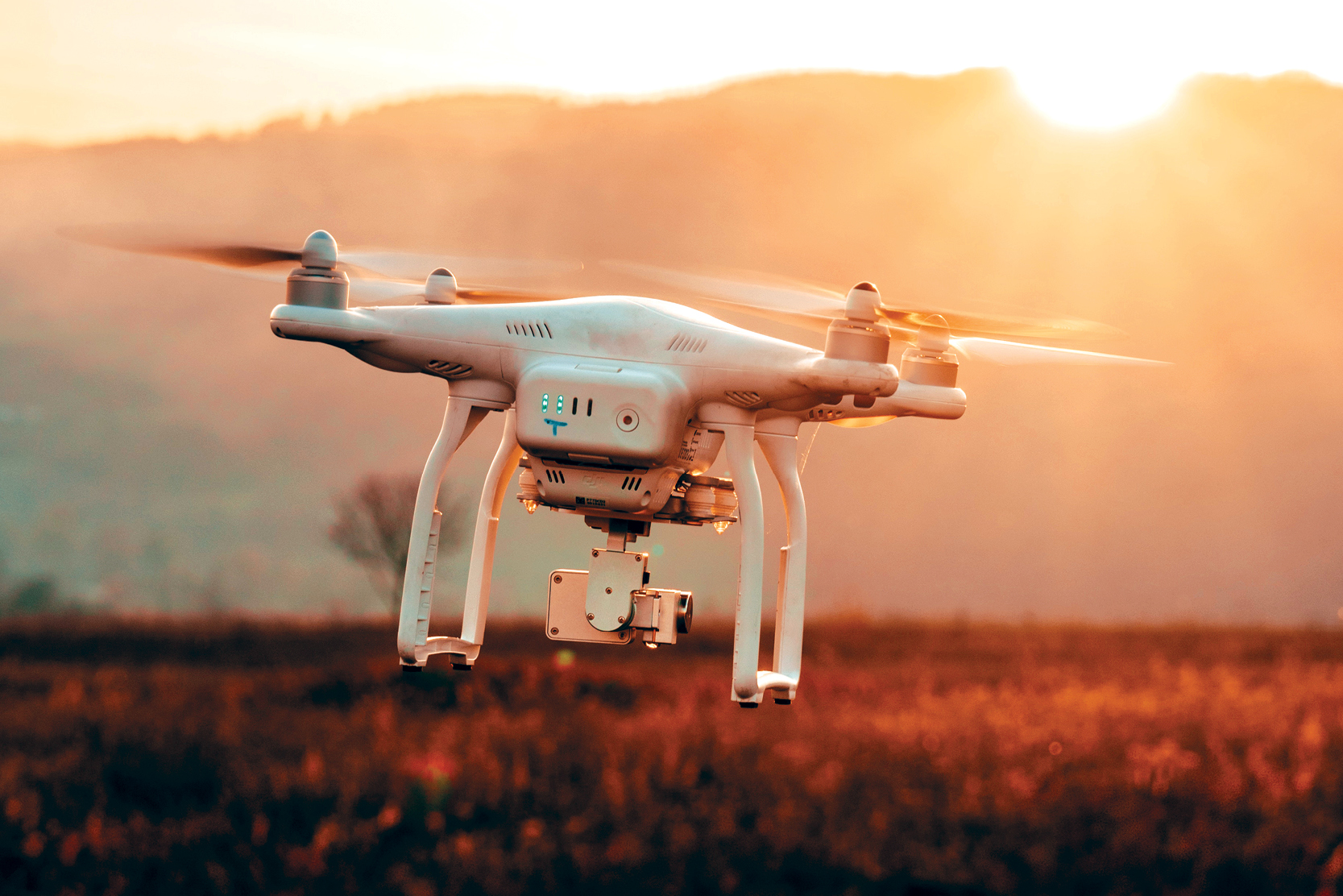
Uses of Drones, also known as unmanned aerial vehicles (UAVs), have rapidly gained popularity and utility across various industries worldwide. From military applications to commercial ventures and recreational pursuits, drones offer a wide range of capabilities and functionalities that have transformed numerous sectors. This article explores the diverse uses of drones worldwide, highlighting their applications in different industries and contexts.
Military and Defense
Surveillance and Reconnaissance
Uses of Drones have long been utilized for military surveillance and reconnaissance missions, providing real-time aerial intelligence and reconnaissance capabilities. Unmanned aircraft equipped with cameras, sensors, and other advanced technologies enable military forces to gather critical information, monitor enemy movements, and assess battlefield conditions without risking human lives.
Targeted Strikes
Military Uses of Drones, such as armed UAVs (Unmanned Aerial Vehicles), are used for targeted strikes against enemy targets, including terrorist organizations, insurgent groups, and high-value individuals. Armed drones equipped with precision-guided munitions can accurately engage enemy targets with minimal collateral damage, making them effective tools for counterterrorism and asymmetric warfare.
Commercial Applications
Aerial Photography and Videography
Drones are widely used in the film and entertainment industry for aerial photography and videography, providing filmmakers, photographers, and content creators with unique perspectives and cinematic shots. UAVs equipped with high-resolution cameras and stabilization systems enable aerial filming of landscapes, events, and action sequences, enhancing visual storytelling and production quality.
Agriculture and Farming
In agriculture, Uses of Drones are utilized for crop monitoring, field mapping, and precision agriculture applications. UAVs equipped with multispectral cameras, LiDAR (Light Detection and Ranging) sensors, and GPS technology can capture aerial imagery, analyze crop health, and identify areas of stress or disease. Farmers use this data to optimize irrigation, fertilization, and pesticide application, leading to improved crop yields and resource efficiency.
Infrastructure Inspection
Drones are increasingly used for infrastructure inspection and maintenance across various sectors, including energy, construction, and transportation. UAVs equipped with high-resolution cameras, LiDAR sensors, and thermal imaging technology can inspect bridges, buildings, pipelines, and power lines for signs of damage, corrosion, or structural defects. Drones enable faster, safer, and more cost-effective inspections compared to traditional methods, reducing downtime and minimizing risks to personnel.
Environmental Monitoring and Conservation
Wildlife Conservation
Uses of Drones play a crucial role in wildlife conservation efforts by monitoring endangered species, tracking animal populations, and combating poaching and illegal wildlife trade. UAVs equipped with cameras and GPS tracking systems can survey remote habitats, monitor wildlife movements, and detect illegal activities, enabling conservationists and law enforcement agencies to protect vulnerable species and ecosystems.
Environmental Research
In environmental research and monitoring, drones are used to study ecosystems, map biodiversity, and assess environmental changes over time. UAVs equipped with scientific instruments, such as spectrometers, gas sensors, and atmospheric sampling devices, can collect data on air quality, water quality, and habitat characteristics. Drones provide researchers with valuable insights into environmental processes, pollution sources, and ecosystem health, supporting conservation and sustainability initiatives.
Emergency Response and Disaster Relief
Search and Rescue Operations
Uses of Drones are valuable tools for search and rescue (SAR) operations in disaster scenarios, natural disasters, and humanitarian crises. Unmanned aircraft equipped with thermal cameras, infrared sensors, and GPS technology can locate missing persons, assess disaster damage, and deliver supplies to affected areas. Drones enable first responders and emergency services to quickly deploy resources, coordinate rescue efforts, and save lives in challenging environments.
Disaster Mapping and Damage Assessment
Following natural disasters such as earthquakes, hurricanes, and wildfires, drones are used to map disaster-affected areas, assess infrastructure damage, and prioritize response efforts. UAVs equipped with aerial mapping software and remote sensing technology can generate high-resolution maps, 3D models, and damage assessments, aiding disaster response coordination and resource allocation.
Recreational and Hobbyist Use
Aerial Photography and Videography
In addition to commercial applications, drones are widely used for recreational purposes and hobbyist activities, including aerial photography, videography, and drone racing. Hobbyist drones equipped with cameras, gimbals, and FPV (First Person View) systems enable enthusiasts to capture aerial footage, explore scenic landscapes, and participate in drone racing competitions. Recreational Uses of Drones flying provides individuals with opportunities for creative expression, outdoor recreation, and community engagement.
Education and STEM Learning
Drones are valuable educational tools for teaching science, technology, engineering, and mathematics (STEM) concepts to students of all ages. Educational drones, such as programmable UAVs and DIY (Do-It-Yourself) drone kits, enable students to learn about aerodynamics, robotics, and coding through hands-on experimentation and project-based learning. Drone education programs and workshops promote STEM literacy, critical thinking skills, and career readiness in the emerging field of Uses of Drones technology.
Conclusion Uses of Drones
Drones offer a diverse range of applications and opportunities across various industries and contexts, from military and commercial ventures to environmental monitoring, emergency response, and recreational pursuits. As drone technology continues to advance and evolve, the potential for innovation and creativity in drone applications is virtually limitless. By exploring the diverse uses of drones worldwide, individuals, businesses, and organizations can harness the transformative power of UAVs to address challenges, drive progress, and create positive impact in society.